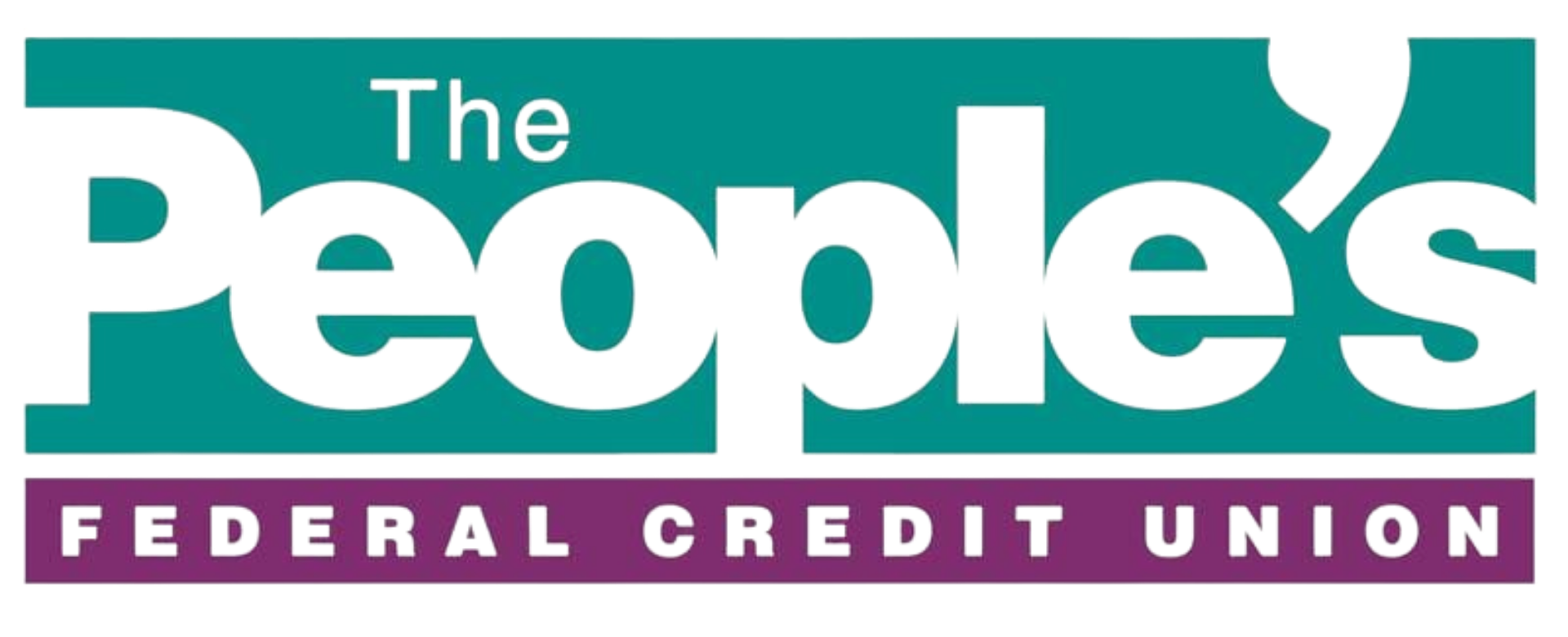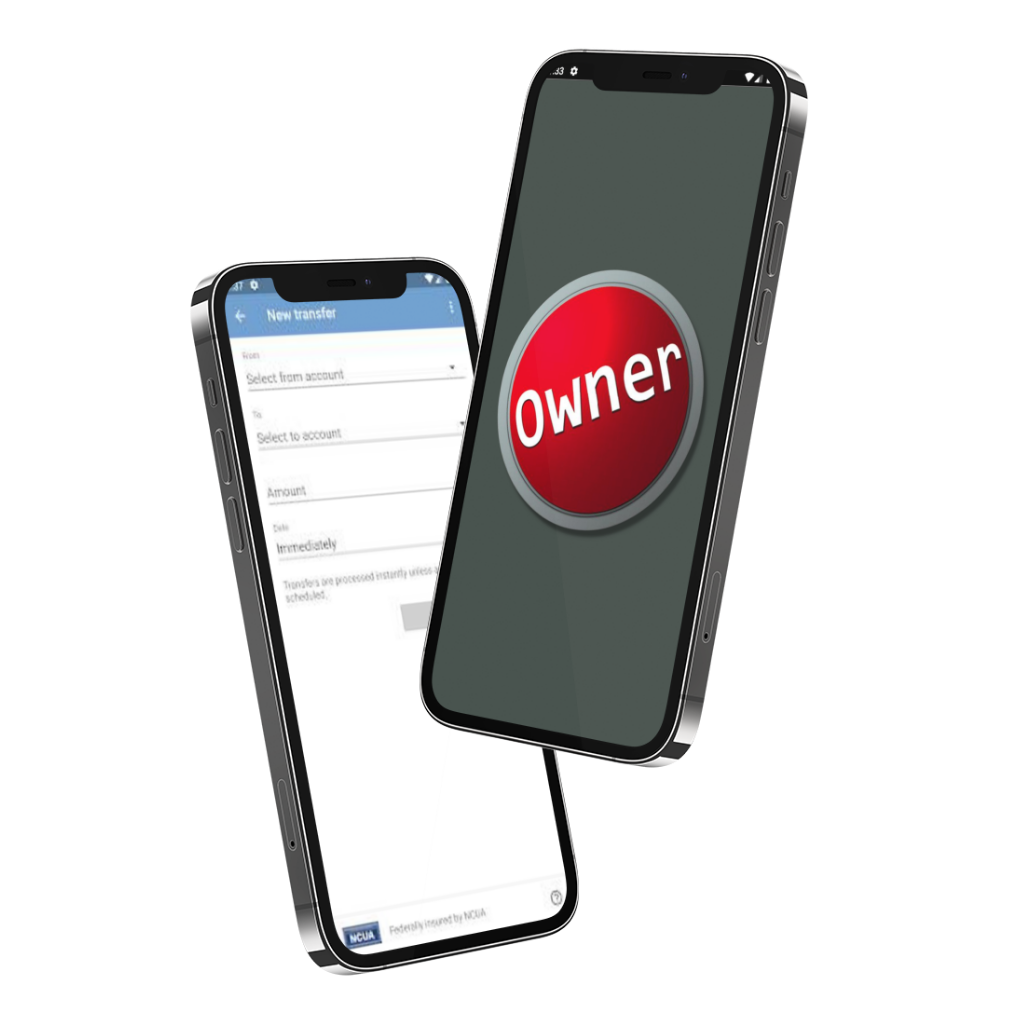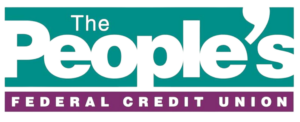Budgeting is a powerful tool that helps you take control of your finances, reduce stress, and achieve your financial goals. Whether you want to save for a dream vacation, pay off debt, or simply stop living paycheck to paycheck, a well-based budget is your roadmap to financial success.
If you’ve never created a budget before, don’t worry. This guide will walk you through the basics in an easy-to-follow format.
What Is a Budget?
A budget is a plan that outlines your income and expenses over a specific period, typically a month. Think of it as a blueprint for your monthly income that helps you decide in advance how it will be spent and saved. A monthly budget ensures that your income sufficiently covers your needs, wants, and financial goals.
Key Components of a Budget
- Income: All the money you earn or receive, including your salary, side gigs, or other sources.
- Fixed Expenses: Costs that remain consistent each month, such as rent, internet, and insurance.
- Variable Expenses: Expenses that fluctuate, like groceries, utilities, entertainment, and gas.
- Savings and Debt Repayment: Money set aside for emergencies, future goals, or paying down loans and credit cards.
- Discretionary Spending: Money for non-essential items, like dining out or hobbies.
By tracking these components, you gain insight into your financial habits and can make informed decisions to improve your financial health.
How to Set Up a Budget
Setting up a budget may sound intimidating, but breaking it into manageable steps makes the process simple and approachable. Here’s how to get started:
Step 1: Calculate Your Income
Start by determining how much money you make each month. Include all sources of income, such as your pay stubs, side jobs, and any other earnings. Be sure to use your net income—the amount you take home after taxes and deductions.
Step 2: List Your Expenses
Write down all your monthly expenses. Divide them into categories:
- Fixed Expenses: Rent, car payments, insurance, and other consistent costs.
- Variable Expenses: Groceries, gas, and utilities that may vary each month.
- Discretionary Spending: Non-essential items like entertainment and dining out.
Use bank account statements, receipts, and invoices to ensure you don’t miss any expenses.
Step 3: Set Financial Goals
Set clear goals to provide motivation and direction. Your goals might include:
- Building an emergency fund
- Saving money for a major purchase, like a car or home
- Paying off credit card debt
- Investing for retirement
Make your goals specific, measurable, and time-bound to increase your chances of success.
Step 4: Assign Spending Limits
Allocate a portion of your income to each category of expenses. A popular method is the 50/30/20 Rule:
- 50% for Needs: Essential living expenses like housing, utilities, and groceries.
- 30% for Wants: Non-essential expenses such as entertainment and hobbies.
- 20% for Savings and Paying Off Debt: Building your financial future with an emergency fund, retirement account, etc.
Tailor these percentages to fit your unique financial situation.
Step 5: Track Your Spending
Once you’ve set your budget, record your spending to ensure you stay within your limits. Tools like budgeting apps, budgeting spreadsheets, or even pen and paper can help you track your expenses.
Step 6: Adjust as Needed
Life is unpredictable, so your budget may need occasional tweaks. Revisit your budget regularly and adjust your spending based on changes in income, expenses, or savings goals.

How to Follow Your Budget
Creating a budget is only half the battle—sticking to it is where the real work begins. Here are some tips to help you stay on track:
Automate Your Finances
Set up automatic transfers to savings accounts and bill payments to ensure you meet your obligations without having to think about it. This “pay yourself first” strategy helps you prioritize savings and avoid late fees.
Use Cash for Discretionary Spending
Withdraw a set amount of cash for discretionary expenses or open a separate checking account and use a debit card. Once it’s gone, it’s gone. This can help you avoid overspending.
Review Your Progress
At the end of each month, review your spending and see how well you stuck to your budget. Identify areas where you did well and areas where you can improve.
Stay Motivated
Remind yourself of your financial goals regularly. Celebrate small wins, like paying off a credit card or reaching a long-term savings milestone, to keep your motivation high.
Avoid Impulse Purchases
Before making a non-essential purchase, take a step back. Ask yourself if it aligns with your financial goals and whether you truly need it.
Take Control of Your Finances Today
Take control of your finances today with The People’s Federal Credit Union in Texas. As you set up and follow your budget, our free Financial Wellness Center offers tools, resources, and expert guidance to help you stay on track and reach your financial goals.
Pair your budget with our convenient checking and savings accounts, designed with competitive rates and no hidden fees to support your financial journey. Become a member today and take the first step toward financial freedom!








